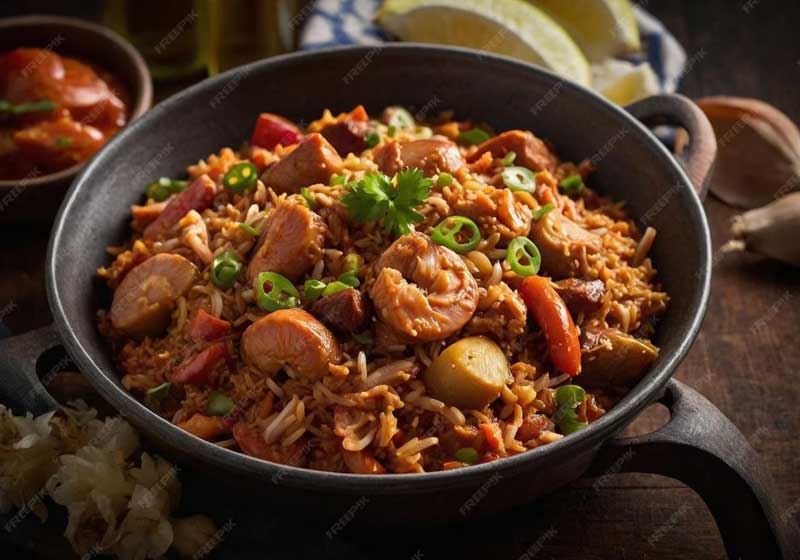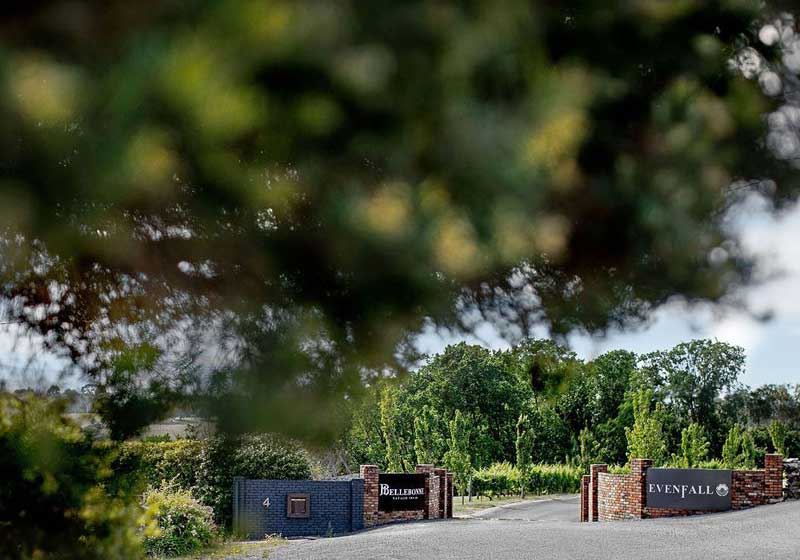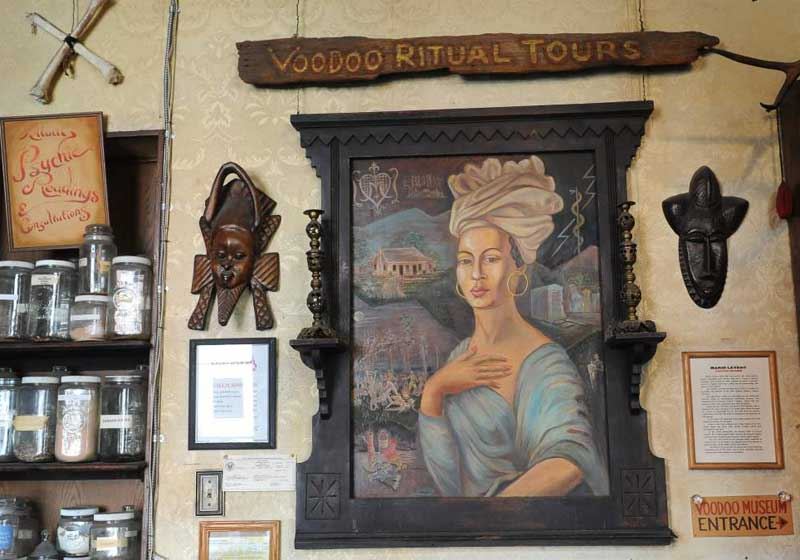By Marie-Antoinette Issa.
They’re the twin pillars of Louisiana cooking, often mentioned in the same breath and sometimes - incorrectly - used interchangeably. While Creole and Cajun cuisines share a love of spice, soul and slow-cooked comfort, they are distinct culinary traditions born from very different histories.
Think of them as two dialects of the same delicious language: both rooted in Louisiana’s rich cultural melting pot, yet each telling its own story through the dishes it serves. So, what exactly sets Creole apart from Cajun? The answer lies in their origins, their ingredients and even the way they see the world.
A History of Exile and Empire
Creole cuisine was born in New Orleans and is a reflection of the city’s cosmopolitan past. As a port city under French, Spanish and later American rule, New Orleans became a crossroads for cultures. African, Caribbean, Italian, Native American and German influences all mingled with Old World French techniques, creating a refined and layered cuisine often described as ‘city food’. It’s sophisticated, diverse and a little bit decadent - the culinary equivalent of a jazz band playing in a candlelit French Quarter dining room.

Cajun cuisine, by contrast, grew out of exile and survival. Its roots trace back to the Acadians, French settlers expelled from Canada in the 18th Century who resettled in the rural bayous and prairies of southern Louisiana. Far from the city’s bustling markets, these resourceful farmers and trappers had to make do with what they could hunt, fish, grow or gather.
The result is ‘country food’ - rustic, hearty, deeply flavourful and built on thrift and ingenuity. If Creole is dinner at a grand New Orleans restaurant, Cajun is a communal feast around a backyard crawfish boil.
Ingredients and Techniques: Opulence vs Ingenuity
The divide between Creole and Cajun cooking is clearest in the pantry. Creole cuisine benefits from urban abundance and access to imported ingredients, so dishes often feature tomatoes, butter, cream, wine and a broader range of spices. Seafood is plentiful, but so are European-style sauces and delicate seasonings. Classic examples like shrimp Creole or oysters Rockefeller showcase that richness and depth.
Cajun cooking, on the other hand, leans heavily on the land. It’s built around what could be caught in a pirogue or grown in a garden: crawfish, catfish, duck, wild game and root vegetables. Pork fat and roux (a slow-cooked mix of flour and oil or lard) are used for flavour and thickness instead of butter and cream.
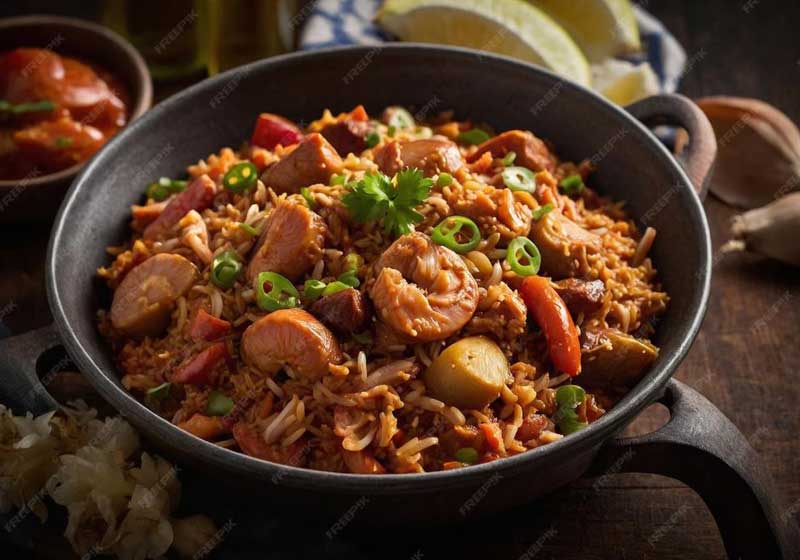
Tomatoes are rare in Cajun food – a quick way to tell you’re looking at something more Creole in character. Dishes like jambalaya and gumbo exist in both traditions, but a Cajun version will usually be darker, spicier, smokier and more rustic.
Even the way the food is prepared differs. Creole cuisine often involves multiple steps - simmering, sauteing, layering flavours - while Cajun cooking relies on one-pot techniques, slow braises and bold seasoning to coax maximum flavour from minimal ingredients.
Spice, Seasoning and the Holy Trinity
If there’s one thing Creole and Cajun food agree on, it’s that flavour is non-negotiable. Both rely on what’s known as the ‘holy trinity’ - a mix of onions, celery and green capsicum - as the base of countless dishes. Even here, subtle differences emerge. Creole recipes might build on the trinity with garlic, tomatoes and fresh herbs, creating complex, aromatic sauces. Cajun cooks, meanwhile, tend to keep it simple but turn up the volume with cayenne, paprika and black pepper.
As a result, Creole food is often layered and nuanced, with spices supporting rather than overwhelming the dish. Cajun food hits you with bold, punchy flavours right up front - a reflection of its robust, peasant-style roots.
Shared Dishes, Different Stories
Some of Louisiana’s most iconic dishes exist in both worlds - but they wear different (Chef’s) hats depending on which kitchen they come from. Take gumbo, for instance. A Creole gumbo might feature seafood and okra, with a lighter roux and tomato base. A Cajun gumbo, on the other hand, is typically darker, earthier and meatier, with chicken, sausage or duck and a deeply caramelised roux that borders on chocolate brown.
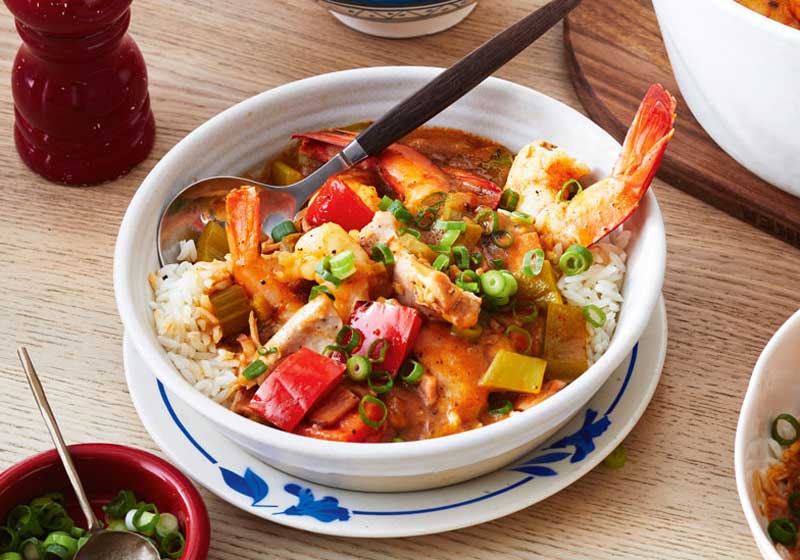
Jambalaya follows a similar pattern. Creole jambalaya, sometimes called ‘red jambalaya’, uses tomatoes and often seafood, while Cajun ‘brown jambalaya’ is all about smoked sausage, chicken and deeply savoury rice cooked low and slow. Even etouffee, a classic Louisiana stew, diverges: Creole versions are refined and sauce-forward, while Cajun ones are heartier, thicker and spicier.
Not Opposites…Complements
It’s tempting to see Creole and Cajun as opposites, but that misses the point. They’re more like siblings - shaped by the same landscape but raised in different worlds. Creole cooking reflects the elegance and diversity of urban life, where ingredients from across the globe flowed through port markets. Cajun cuisine embodies resilience and resourcefulness, making magic from what the land and waterways provide.
Just like brothers and sisters, they’re at their best together. A trip to Louisiana isn’t complete without tasting both sides of the story - a silky Creole shrimp etouffee followed by a rustic Cajun boudin sausage, a refined trout meuniere one night and a bubbling pot of dark, peppery gumbo the next.
In the end, the Creole-Cajun divide isn’t really a rivalry at all - it’s a celebration of how history, geography and culture shape the way we eat. Together, they form one of the most distinctive culinary landscapes in America, a delicious testament to Louisiana’s past and present.
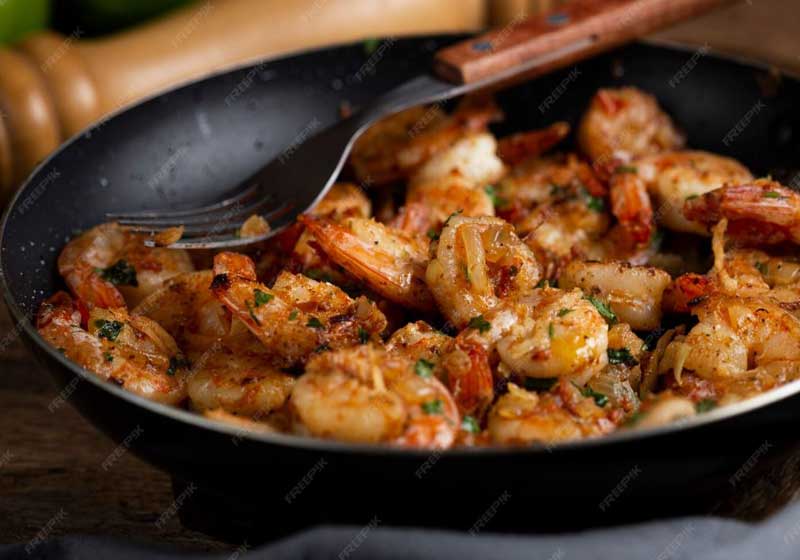
Whether you’re drawn to the polished layers of Creole cooking or the fiery soul of Cajun food, there’s one thing both agree on: in Louisiana, food isn’t just sustenance - it’s identity, heritage and joy served steaming from the pot.


